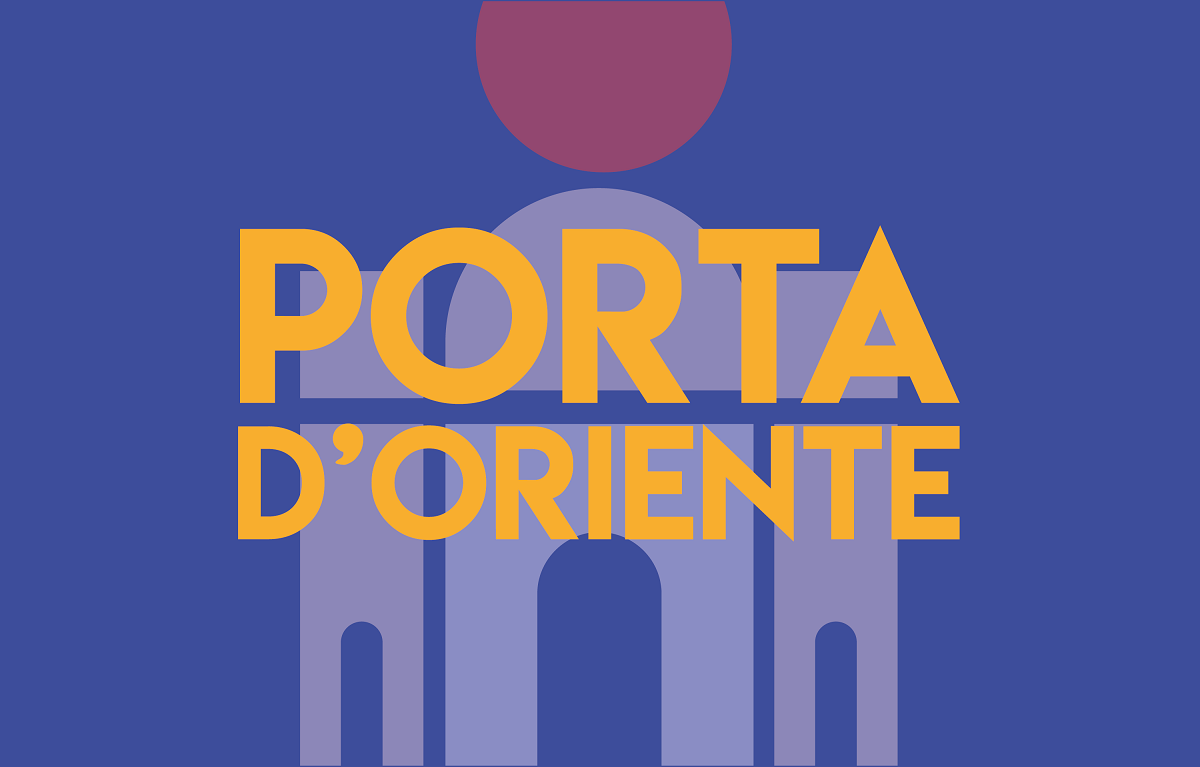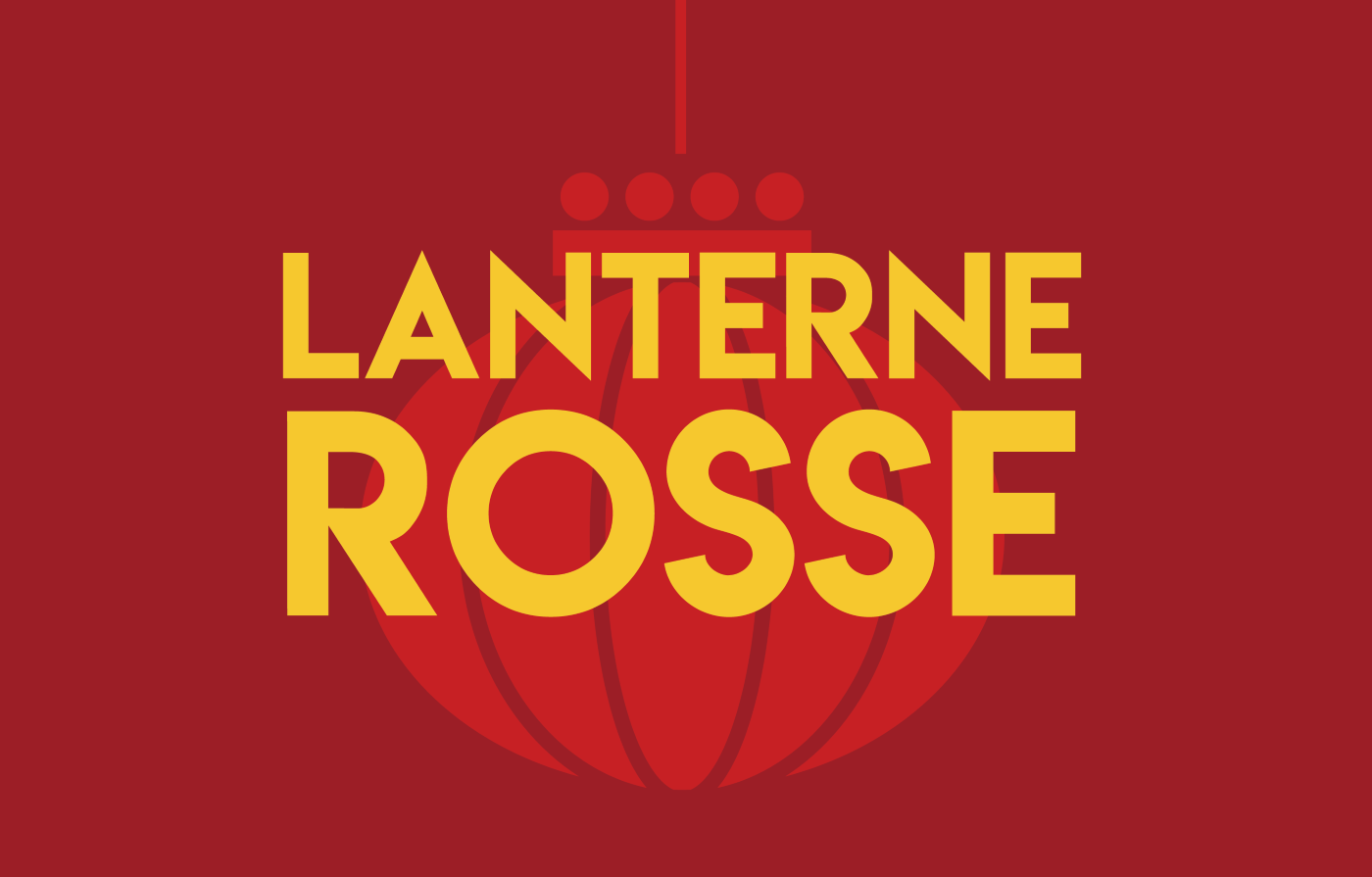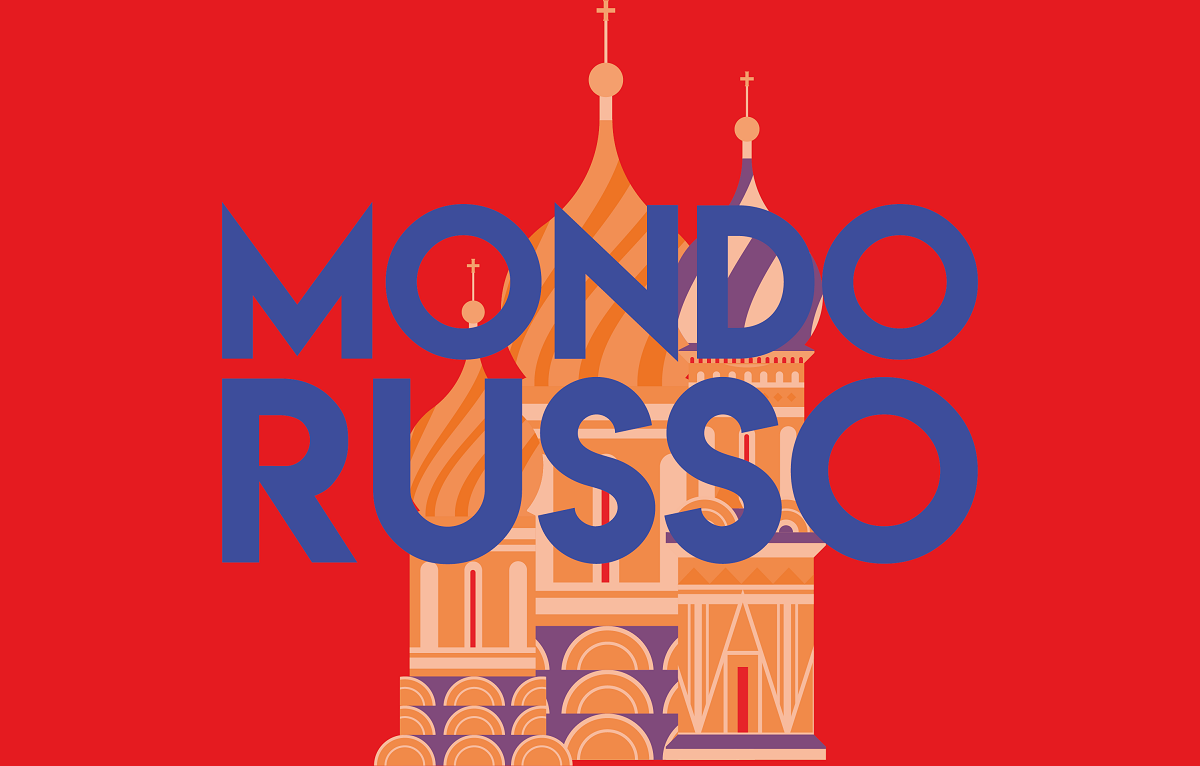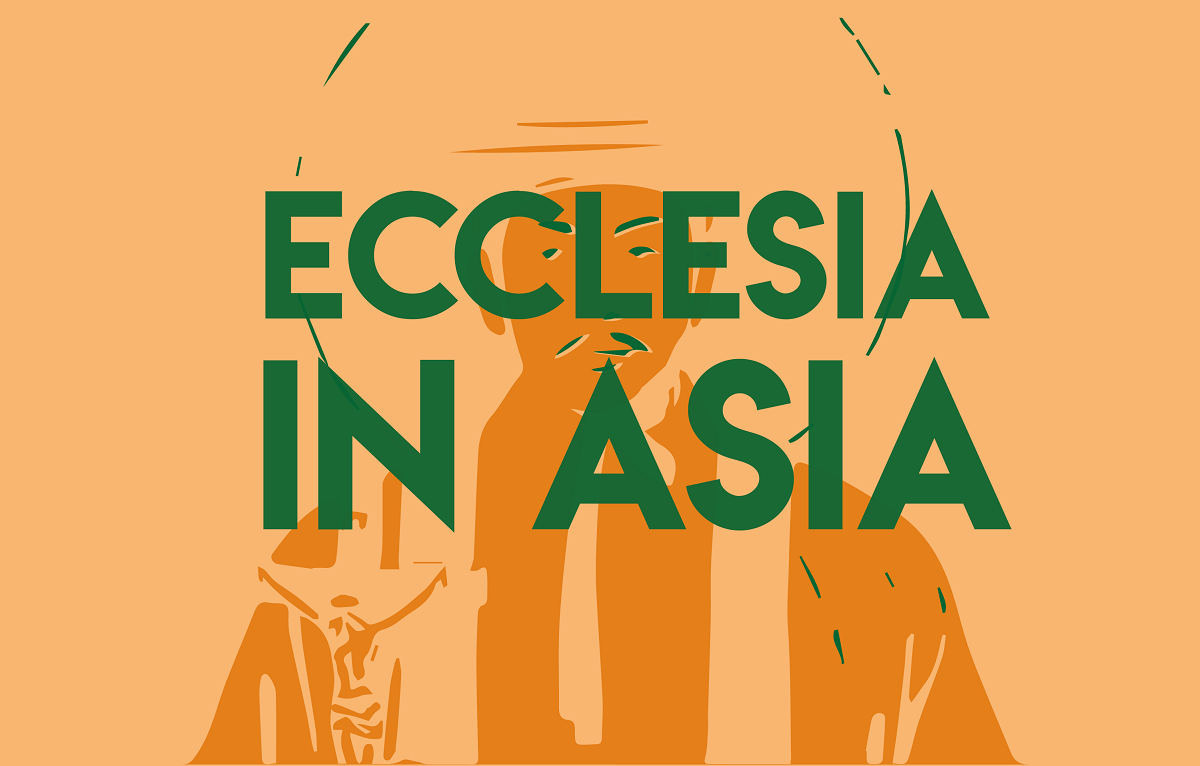The Russian nuns of Lesna, free from Moscow
First established in Poland in 1885, the “new convent” eventually found a home in Normandy in 1950 after a long wandering. Its history and profile attract many Russians abroad, who intend to preserve their tradition without involvement in the war-patriotic initiatives of Patriarch Kirill and other Russian Orthodox hierarchs.
In Normandy, a glorious Russian convent, Lesna, has been one of the most important historic places of reference for Russian emigration since the late 19th century.
During his visit to France in 2016, Patriarch of Moscow Kirill (Gundyaev) was asked about the fate of this institution. He replied that “it is only a matter of time,” implying that sooner or later it would be swallowed up by the patriarchate, like other Russian monasteries, convents and parishes in Europe that belonged to the independent Church abroad or to the Russian Exarchate of Paris, which had to return to the jurisdiction of Moscow after it was abandoned by Constantinople, following the controversy over the autocephaly of the Orthodox Church in Ukraine.
The Lesna convent is in Chauvincourt-Provemont, a municipality in the Department of Eure (Normandy), home to 20 nuns and as many assistant nuns. So far it has managed to preserve its independence and “the legacy of the authentic Russian tradition,” dating back to its original foundation.
It was established in 1885 in the Polish village of Leśna Podlaska, taking on its name, in a Catholic region that was then part of the Russian Empire, with an experimental and “missionary” role in the territory of another confession.
Its task was to show the greatness of Orthodoxy through prayers and spiritual rule, but also with preaching and social activities, and the special intercession of an icon of the Mother of God that had been considered miraculous since the 17th century.
The first time, the nuns were evacuated from Poland, in 1915, they numbered around 500. In the first half of the 20th century, they travelled to several places: Russia, Bessarabia, Serbia, until they found a permanent home in France in 1950.
In 1967 they obtained a few dozen hectares of land in Provemont, a village between Paris and Rouen, in the plain near a small river that winds its way through the hills of Normandy.
The proximity to the capital and major roads made the community very accessible to the many pilgrims coming from different countries, always welcomed with joy without inquiring about their Church affiliation. During the big celebrations, there are never enough places for all the faithful.
The convent is located on the edge of the village, with a large modern-style arch with an eight-pointed cross and a copy of the Lesninskaya icon. The convent church, in the old French style with a rooster on the spire, was once Catholic as the stained glass windows with French saints suggest, while the eastern part is covered by the large Russian iconostasis with the splendid icons of Pimen Sofronov, one of the most important Russian Old Believer iconographers of the 20th century.
Every day, the morning and evening liturgies are celebrated without haste, accompanied by the nuns’ choir, with traditional melodies from the Lesninskiy repertoire.
Abbess (Igumeni) Euphrosinia (Molchanova), the seventh since the foundation, spoke with the journalists of Novaya Gazeta about the sensations of this very particular history, that of the only Russian convent in the West that has remained open uninterruptedly since before the Bolshevik revolution.
In her words, “the convent had unique characteristics even before its foundation, for its openness to the non-Orthodox world, already on the periphery of the empire, so a nun of exceptional characteristics, Mother Ekaterina (Efimovskaya) was invited to lead it.”
The convent immediately took care of social and educational activities, guided by the charismatic personality of the first abbess, who had asked for the blessing of Father Ambrose, the most famous of the starets (elder) of Optina Pustyn, the source of Russian monastic renewal in the 19th century.
He told her that “a new convent must be organised in a new way,” placing his cloak on her shoulders and entrusting the nuns with a new rule of prayer. Another important Russian saint of the early 20th century, John of Kronstad, also supported the convent and its missionary work.
Schools and hostels for orphans were opened at the convent, and a movement of “Sisters of mercy” began, with important support for the role of women in the Church and in society.
Mother Ekaterina truly succeeded in inspiring a “new type of convent,” writing important reflections on the “ministry of the deaconess,” about the women who could receive a special consecration in the diaconal order. In Lesna, a special course was open for women who aspired to this type of ecclesiastical service.
The First World War greatly shaped the fate of the convent, since it was right in the middle of the bloodiest battlegrounds. Russian Bishop Anastasius (Gribanovsky), the future primate of the Tsarist Russian Orthodox Church abroad, entrusted the nuns with the fate of the icon of the Mother of God Lesninskaya, so that it would not fall into the hands of the occupiers.
The icon was transferred from Poland to various locations, all named “Lesna”, in different countries, moving together with the nuns.
When the authorities in Bessarabia, which had by then become part of Romania, decided to adopt the Gregorian calendar, the nuns, along with the icon, moved to Serbia, and when the communists took over there, they finally settled in France, where the convent celebrated its 75th anniversary this year.
The convent retains a very explicit traditional Russian character, even though it remains under the jurisdiction of the Serbian True Orthodox Church, which broke away from the Patriarchate of Belgrade, which has saved Lesna from Moscow’s claims.
The monastic community has experienced the many splits in the Russian Church, going underground during Soviet times, then taking refuge under the Orthodox Church in Serbia, where the convent stayed for some time.
Abbess Euphrosinia was born into a family of Russian émigrés in Brooklyn, New York, and her vocation developed at the Russian convent of Novo Diveevo, near the Big Apple, then in the one in Boston, of non-Russian Byzantine tradition, until the Metropolitan of the Russian Church abroad, Philaret (Voznesensky), sent her to Lesna in France.
After a few months in Greece, going from convent to convent, she arrived in Normandy at a delicate moment, when an injury had forced then Abbess Magdalena (Grabbe) to go to hospital, while her spiritual father had moved to Australia after an argument with Bishop Philaret.
These events reflect the fate of many monastic and parish communities of the Russian Orthodox diaspora in the last century, further complicated more recently by the pro-war theological positions of the Patriarchate of Moscow, after a difficult process of reunification in recent decades.
It is precisely independence from the Russia’s state Church that has made the convent even more popular among many Russians abroad, who intend to preserve their own tradition without participating in the pro-war, patriotic initiatives of Kirill and other current Russian hierarchs.
As Mother Euphrosinia explains, “these people are not questioning the Patriarchate itself, but wish to profess the Orthodox faith without political overtones.”
Three parishes in Germany and one in Spain are linked to the convent, and meetings and celebrations are held periodically in Italy and Holland, with the presence of priests from Ukraine.
In France, the very secularised nature of society draws many people to Lesna, even those without ties to the Russian or Orthodox traditions in general.
Since Russia’s invasion of Ukraine in 2022, the Lesna convent has maintained a clear, pro-peace position, opening its doors to victims of war, while avoiding taking a direct stance on the ongoing events.
People are welcomed “accepting their freedom of thought and expression,” says the abbess, who added that “welcoming refugees is simply a Christian attitude, in all circumstances.” This includes letting people stay overnight in the pilgrims’ rooms, especially many who fled Ukraine and the bombs, a war that shows no signs of abating, but also some from Russia, who might be carefully seeking ways of dialogue.
The Patriarchate of Moscow continues to send invitations to meet, with pledges to “solve every problem,” while offering generous aid from various sponsors.
However, for the abbess, “we have always felt free, and we shall remain free, with no sponsors to thank,” a voice of the true Christian Russia, even near the coast of Normandy.
RUSSIAN WORLD IS THE ASIANEWS NEWSLETTER DEDICATED TO RUSSIA. WOULD YOU LIKE TO RECEIVE IT EVERY SATURDAY? TO SUBSCRIBE, CLICK HERE.
19/11/2022 09:00
31/07/2018 09:59
23/04/2022 20:36
22/11/2005





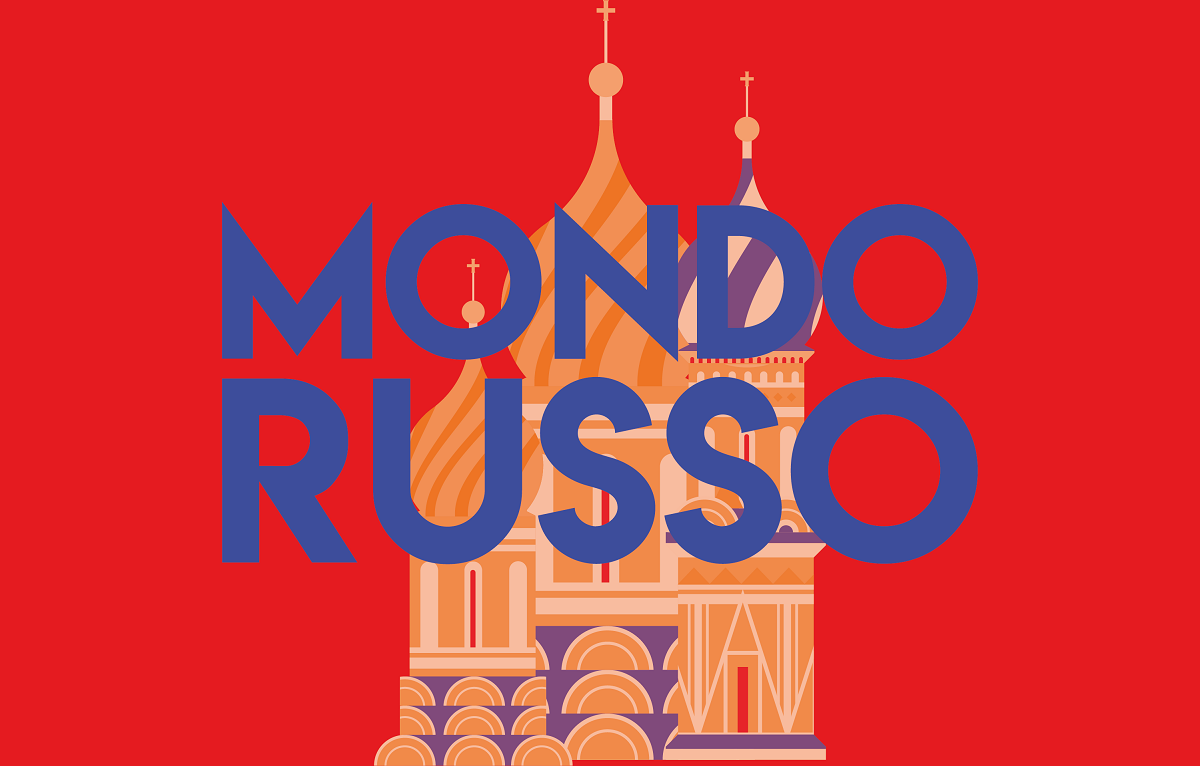

.png)
